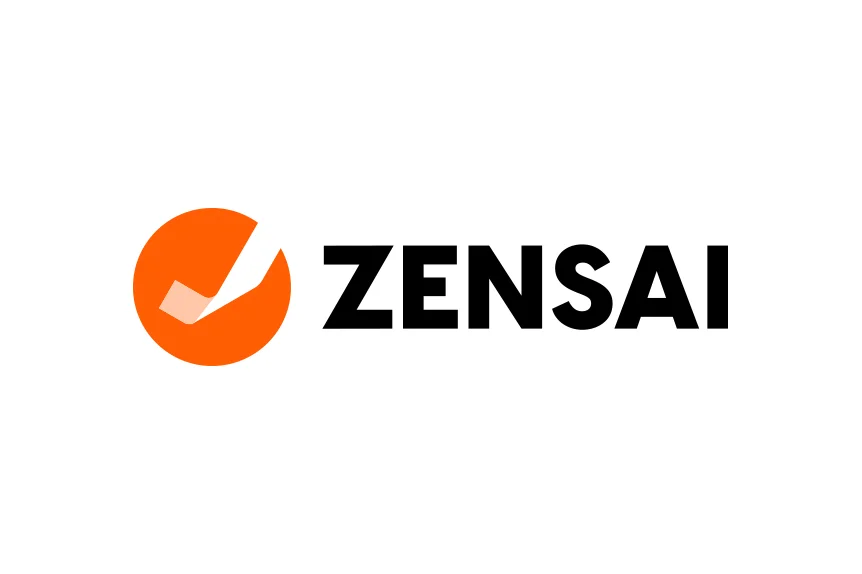Bringing in new hires is essential for making sure your company thrives. But you won’t see results if you just throw them in at the deep end and leave them to it. So, let’s break down the benefits of employee onboarding for your business.
If onboarding isn’t something you engage in, you might not be aware of its advantages. Or even how to get started. But don’t worry. Even though this isn’t a how-to guide, we’ve also included a little advice at the end to help you on your way.
What is employee onboarding?
Onboarding follows after (and overlaps with) your hiring process. It’s when you familiarize new employees with their roles and the inner-workings of your business.
When a new employee joins your team, they don’t hit peak productivity right away. Even an experienced hire still needs to familiarize themselves with the systems and policies of your workplace. They also need to form connections with their new colleagues. And, in the case of office-based workers, learn their way around.
But it’s not just about keeping productivity high. The benefits of employee onboarding extend to workplace wellbeing too. It’s equally important to make sure new employees are comfortable and have all the support they need. Otherwise, they’ll soon be on their way out again.
The benefits of employee onboarding
Some benefits of employee onboarding are obvious. And you might think that means they’re the most important. But even the less blatant positives can still have a significant impact on your organisation. Let’s start with the obvious ones first.
Enabling peak performance
This benefit is one we touched on in our intro. But it’s still worth giving a proper explanation. As you know, new hires need help settling in before they can do their best work.
For evidence, let’s look to Gallup’s paper, Creating an Exceptional Onboarding Journey for New Employees. It includes several very important onboarding statistics. So, we’ll be referring back to it throughout this piece.
According to Gallup, new employees take 12 months to reach full performance potential. And 29% of new hires agreed they feel “…fully prepared and supported to excel in their new role” after experiencing onboarding.
Leaving employees to find their own way means they’ll have to spend a lot of time just figuring out the rules, and where everything is. They’ll be slow due to hesitation. Or else, they’ll make a costly mistake which your more experienced employees will have to fix.
Identifying employee support requirements
One thing has become increasingly clear in recent years. And it’s that a one-size-fits-all approach to employee management doesn’t work. People aren’t robots with identical tech specs. We all have our own needs, drives, strengths and weaknesses.
So, in order to identify the best support measures for each employee, you have to engage them as individuals. Fortunately, the benefits of employee onboarding can really help you out with this.
It’s important to regularly check in with new employees throughout onboarding. This provides plenty of opportunities to find out their support needs straight from the source.
This can establish how to onboard someone in the best way for them, like giving them a personal mentor. Or it might be support measures for their working life. Like flexibility options, or a quiet workspace.
Talking to people about their support needs is important for any employee. But it’s even more vital for neurodivergent employees and those with physical disabilities. The benefits of employee onboarding include improved career accessibility for a wider range of potential candidates.
Improving employee retention rates
Precise rates of turnover vary widely by employer, sector, and even specific roles. According to SHRM research, turnover for hourly workers can be as high as 50% in the first four months. And, for external senior hires, turnover can reach 50% in the first 18 months.
Employee turnover is a common worry for most businesses. Especially in the wake of the Great Resignation, when millions of employees left for greener pastures. But better employee onboarding makes people much more likely to stick around.
When employees struggle to find their way, they end up questioning whether they even belong. The stress of figuring things out can drive once-promising talent out of your company. And failing to support employees as they adjust doesn’t exactly inspire loyalty.
Making new hires a part of company culture
Workplace culture might seem like a nebulous concept to the uninitiated. But it’s actually very important. It has a defining influence on many aspects of our professional lives.
For instance, our ability to collaborate with one another. But also employee wellbeing, and even your recruitment potential. Workplace culture may be largely internal. But it can have a significant impact on how people on the outside view your brand.
In the online age, it’s easier than ever for employees to share their experiences. Positive or negative. Thanks to sites like LinkedIn and Glassdoor, workers can inform each other about the quality of different employers.
The benefits of employee onboarding include a controlled introduction to work culture. We often look to colleagues and managers for an idea of how to act. But doing this without context can mean picking up bad habits. Onboarding provides valuable context for what people do, and why.
Increasing employee satisfaction
According to Gallup, employees with “exceptional” onboarding are 2.6 times more likely to be “extremely satisfied with their place of work.”
Job satisfaction plays a key role in employee engagement. The more someone appreciates their work and employer, the more focused they’ll be in their role. Satisfaction prevents us from becoming bored. And few things disengage employees faster than boredom.
This is also another reason why onboarding new hires can help to reduce turnover. After all, people are much more likely to start applying for other jobs if they aren’t satisfied with the one they already have.
Start reinvigorating your employee onboarding process
So, that’s about it for the benefits of employee onboarding. As noted earlier, this piece isn’t a full how-to guide. But, all the same, we want to finish by leaving you with some practical advice. So, here are a couple of general purpose tips for what good onboarding practices look like.
Employee onboarding should be more than a brief experience
One of the key elements of good onboarding is its duration. If you only spend the first week or two onboarding new hires, you’re already going wrong.
That said, the optimum time to spend on it can vary. But, at the very least, it should last through the entirety of a probational period.
Gallup suggests that organisations with high short-term turnover should “…place special emphasis in the first 90 days on proactively addressing the most common reasons people leave.”
But some roles, like high risk or specialist positions, can require months or even a year of job training. For jobs like these, onboarding should cover the whole training period. As well as the early days of initial post-training employment.
Ongoing communication is everything
It’s essential to touch base regularly when onboarding a new hire. For one thing, this provides frequent chances for them to ask questions on matters they’re unsure of.
But it’s not just about answering their questions. You also need to solicit regular feedback from employees. New ones especially. Employee feedback provides valuable insights about the state of your workplace and how it can improve.
And insights from new hires can be among the most valuable. That’s because they’re looking at everything with fresh eyes. Things aren’t normalized to them like they are to pre-existing staff.
Then there’s the fact that this communication reflects well on you. Regularly checking in with new hires tells them you care about their progress. And this reinforces the idea that they made the right choice by joining your company.
Employee onboarding shouldn’t be one-note
You have so many options when it comes to onboarding new staff. Welcome packets are a very common choice. Bundles of relevant information, like office layouts, and workplace policies like how to book time off.
Then there are peer mentorships. Assigning someone to a same-level colleague is an excellent way to bring them up to speed quickly. It also helps them break the ice with your team by giving them a familiar point of contact.
Speaking of which, you should be sure to give new employees a tour (if applicable). Aside from learning the layout, this also allows you to introduce them to various people. This helps welcome people into your business by establishing friendly faces early on.
It can also help to phase in someone’s responsibilities gradually. Let them familiarize themselves with one aspect of the role before moving onto the next.
Of course, these are all great options. But don’t make the mistake of limiting yourself to one, or even a couple. To fully leverage the benefits of employee onboarding, you should be sure to use all these approaches together.
Now you know how you stand to benefit. And you also know how to put your best foot forward. So, go out there and help your new hires get the absolute most out of their onboarding experience!










